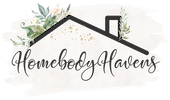I live in a small cluster of condos which are on a hill overlooking a golf course. I do not play golf, but we chose this site to give us the advantages of less home maintenance, a godsend if you travel for extended periods. Also, having the house back onto a golf course and not another row of condos provided me with a sense of openness, which I needed.
My home is the last in a line built on a higher elevation before dipping down to the next set of condos. Built into the back of a hill, these homes all have what is called a “walkout basement.”
The north side of the house has a retaining wall and a long hilled side yard. The builder planted three basic arborvitaes at the end of the hill to provide an element of height and a separation of elevations.
We are the last of a set of three elevation differences, and he planted the same trees in each elevation end. This basic variety of trees grow higher and are less compact that the Emerald variety.
We added four more of higher quality arborvitae called Emerald to give a longer line. It improved the look of the north side and also provided protection from soil erosion.
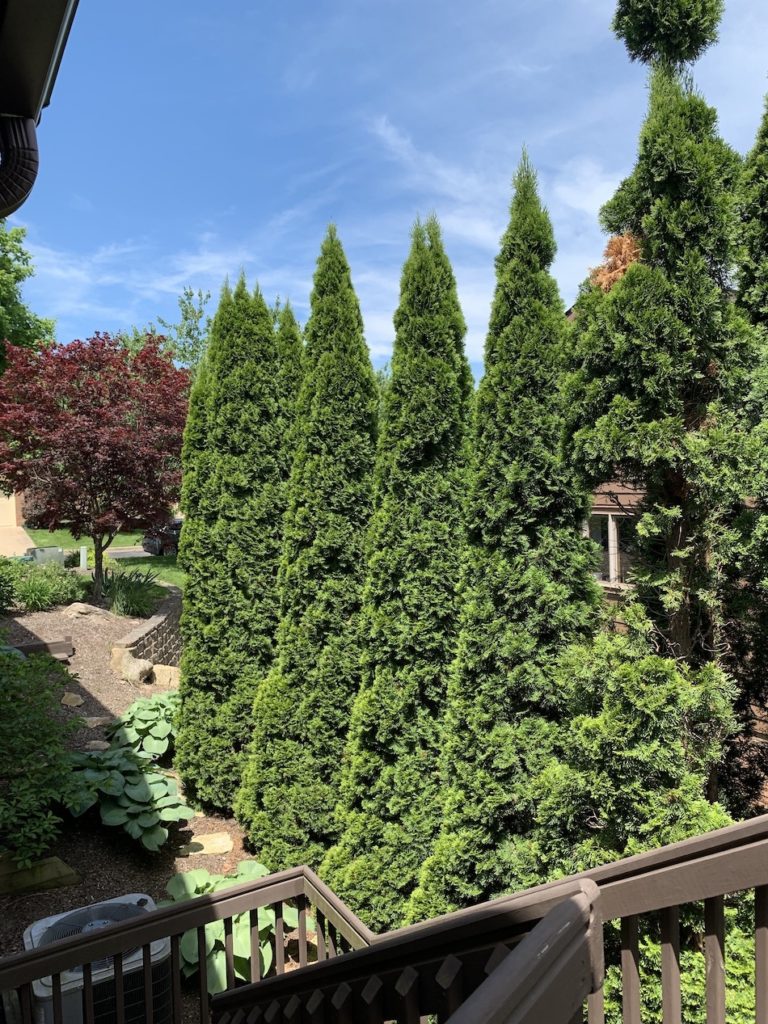
ARBORVITAE
I found out that these trees are also called Thuja and are a form of cypress. Common to North America, the arborvitae is named the “tree of life” by native Americans because the leaves and bark contained Vit C and can be used as a cure for scurvy in colonial times.
Different types have different shapes: globe-shaped, mounded, conical, pyramidal, and rounded. They are an evergreen in the cedar family, and all have green leaves mainly, but some have yellow to a yellow-gold leaf.
The needle or leaf is soft and forms a spreading spry that cups in an upward climbing direction. See different varieties HERE
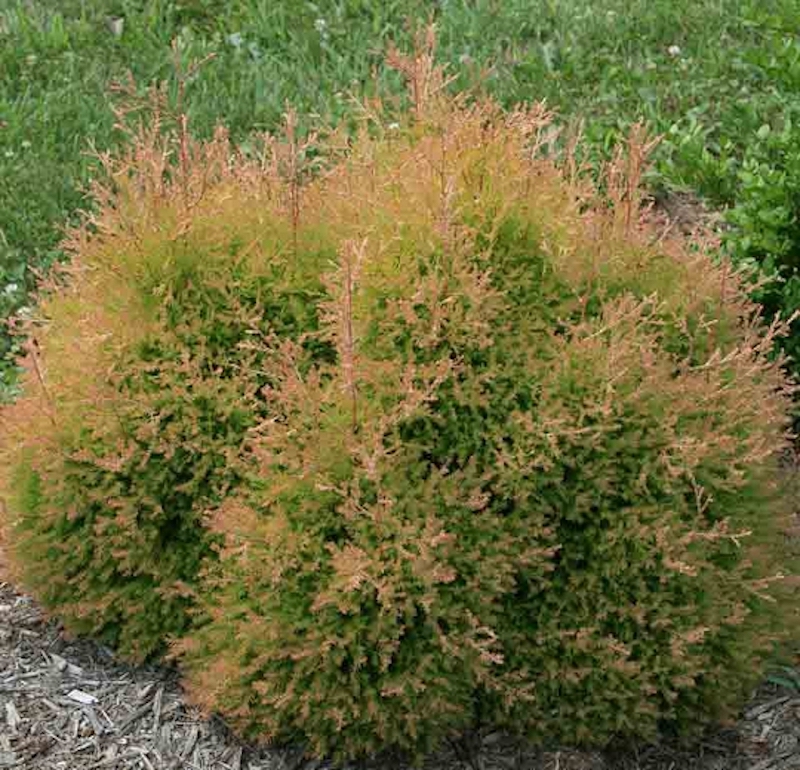
The different cultivated trees have varied shapes, but also various heights. A tree can range from a height of 2 to 15 ft to over 30 ft. The taller single trees, conical or pyramidal shaped, are used as a single focus point or in a line as a hedge or separator.
The most common tree used as a foundation plant is the variety, Emerald, Arborvitae, and it averages a height of 15 ft. I would recommend this variety if I wanted a privacy hedge or a column element of height in the garden. See HERE for a site with some useful information on this plant.
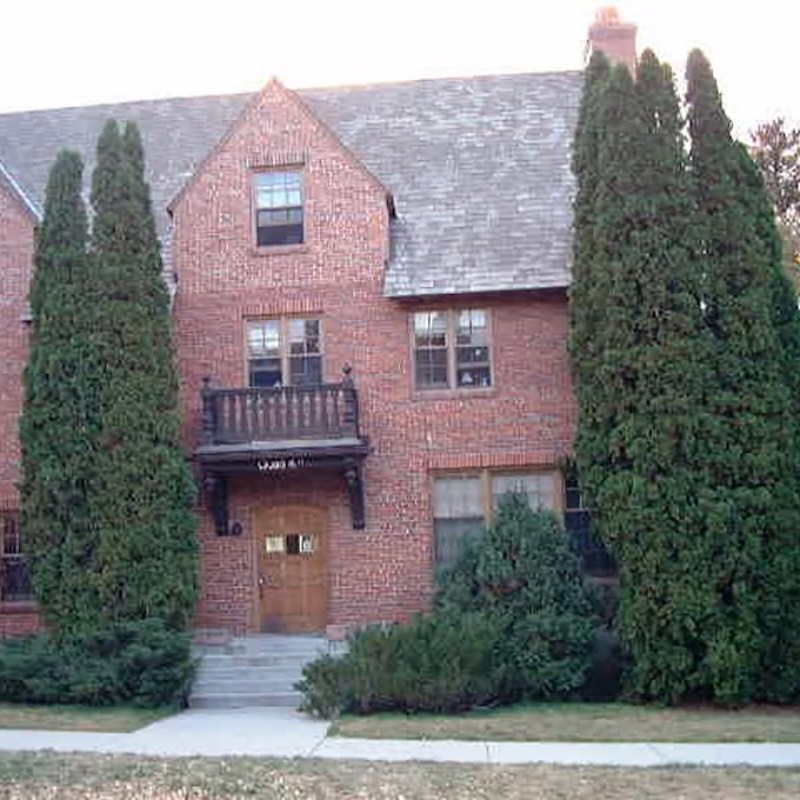
MY TREES
If you look at my column, you will see that these trees may be more than 10 to 15 feet in height. I am unsure s to why, because the five or six closest to the front we placed were called Emerald and recommended by the landscaper we used. The builder planted original three trees at the bottom of the line, and have all spread out very loosely. They look a bit ugly, and I was wondering if we old have to have them removed. I believe these are the variety Thuja occidentalis “Pyramidalis.
Pyramidal- meaning having a main strong center trunk that grows up to the right of the tree with off-shooting branches: taller and thinner at top. A conical tree is a bit straighter in shape; again, one center main trunk but all the branches are closer drawn toward the truck. Some consider the emerald green arborvitae conical and the Thuja pyramidaialis more full on the bottom and thus pyramidal in shape.
Both are fast-growing, narrow evergreens with bright green, soft-textured foliage or the more narrow conical. Both an ideal choice for a hedge or screen. Minimal shearing required to maintain its neat shape. See HERE
I called a local Arborist tree company recommended in our local online neighborhood paper. He came yesterday to give me some recommendations for trimming the arborvitae and the front maple, which have become overgrown. He can trim out the maple- found a bunch of deadwood inside, and that will make the tree neater and healthier, BUT he did not recommend trimming or topping the arborvitae.
Now that surprised me, they were soo tall and that area a bit of a wind tunnel.
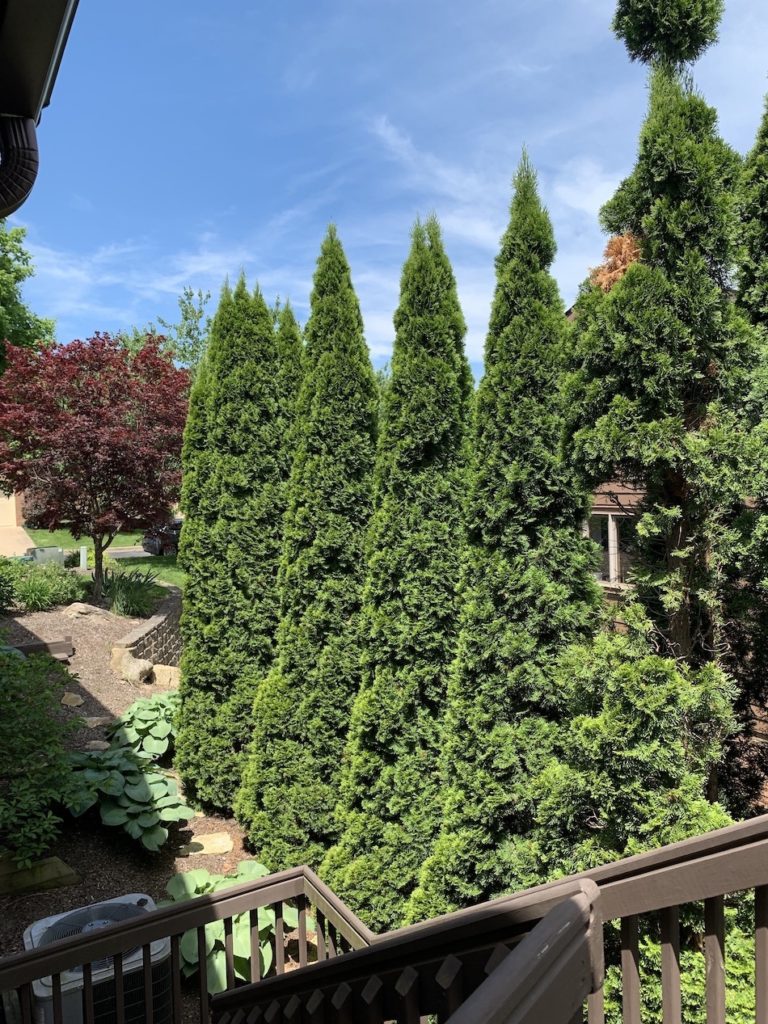
I am terrible about height and distance judgment. I will have to ask if the newer trees are the Emerald variety. I find different garden centers have different names for trees and plants, and unless you know the exact Latin species, you might bet a bit of a surprise in your choice.
Now for the good news. The arborist will check the new trees, but he feels they are in good shape and do not need any trimming at all. He tells me you rarely “top off” arborvitae. The top will not grow back, and it will look awful. Apparently, you can thin the top down a bit, but he does not recommend doing anything now.
Next, the older trees, which I think are the other variety called pyramidaialis He says he can strap those. Basically, use strong ties to pull in and upraise the expanding branches- pull them toward the center tree trunk. Like a facelift! Haha.
That will make a much neater and more attractive hedge. The arborist will start his work on the 30th of June if there is no rain. I will share the finished results.
Guess what? The hole and browning of that one end tree are due to an infestation of squirrels- they made a nest and just chewed off branches to make the nest!! He will try to tie that up together to make it less noticeable. I am unsure how to get rid of the squirrels in that tree. We have a bunch of them living on the golf course.
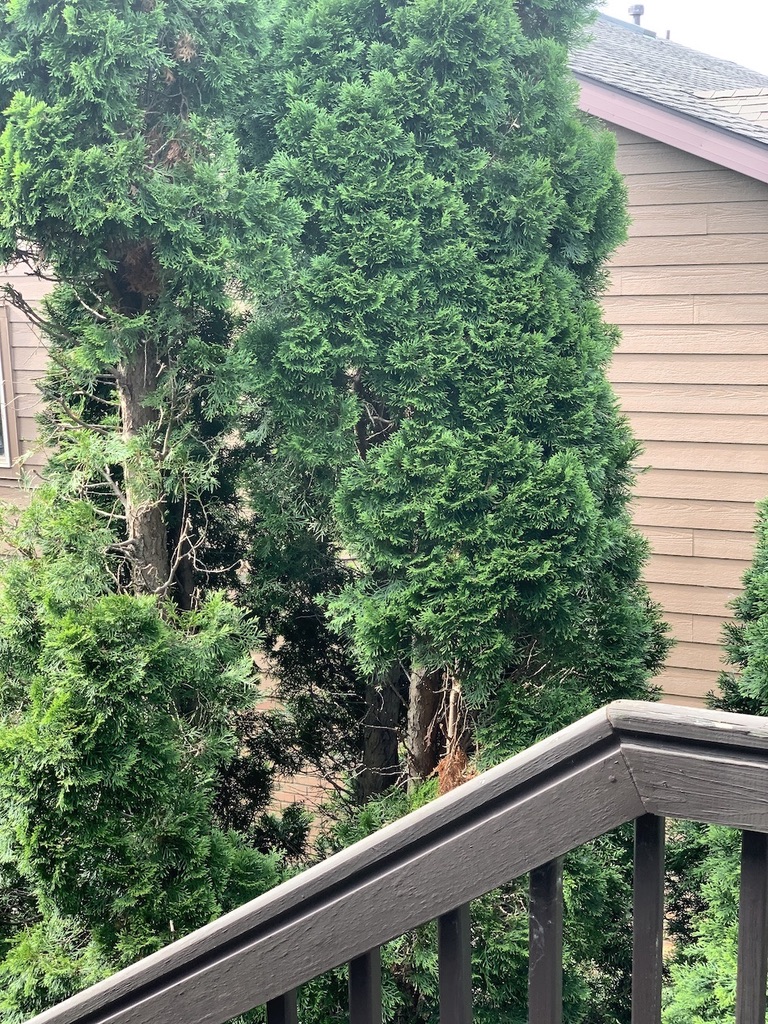
Furthermore, I feed the birds, and the feeders, of course, attract the rascals. So might have to put up with a bit of damage. The birds
and the feeders, of course, attract the rascals. So might have to put up with a bit of damage. The birds also love to winter in those trees.
Anyway, I am so happy he did not recommend cutting or removing any tree. The expense of that work is so prohibitive!!! Any of you have arborvitae in your landscapes?
Thanks for visiting. Take good care and stay well
Talk soon.
Dara
